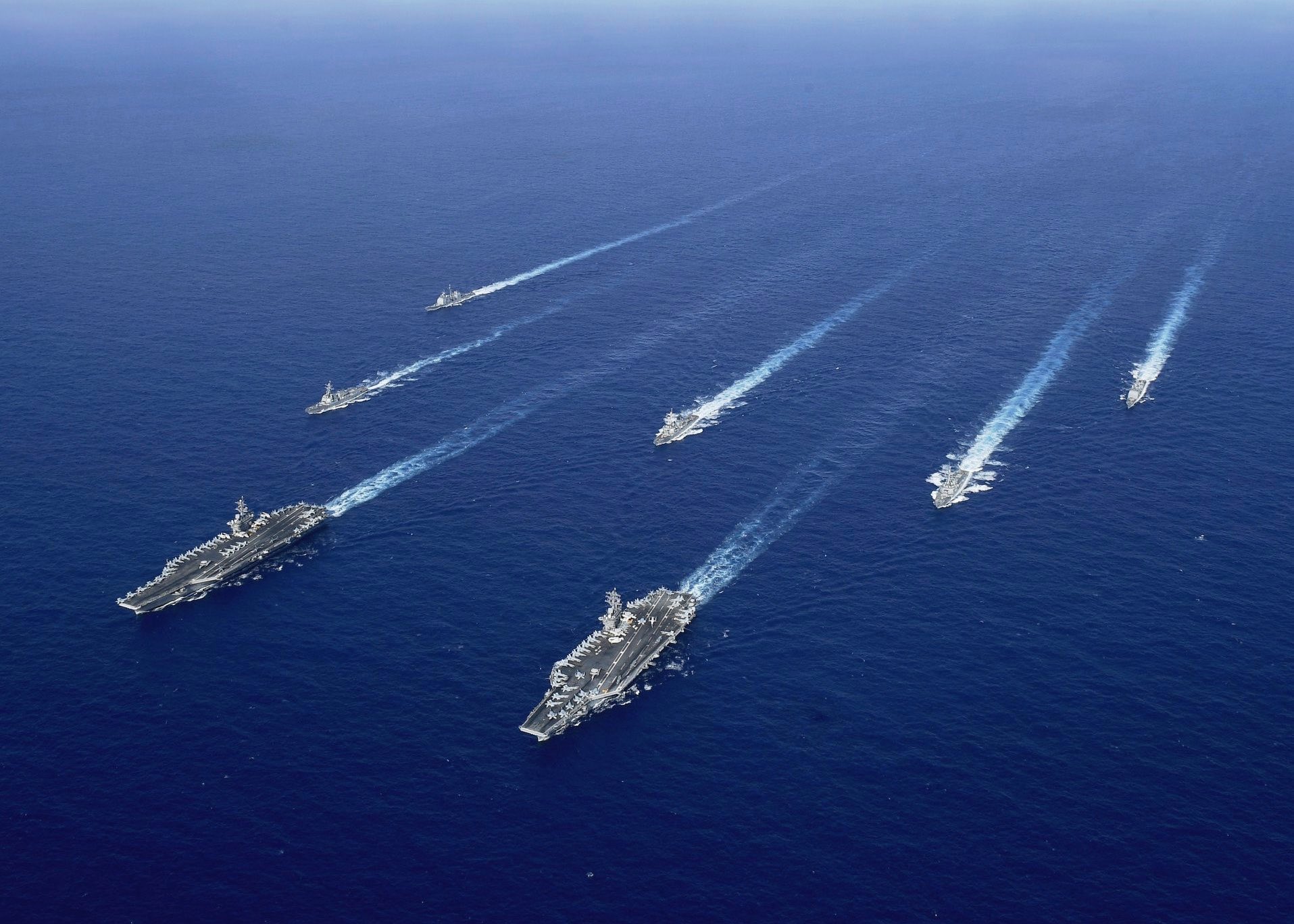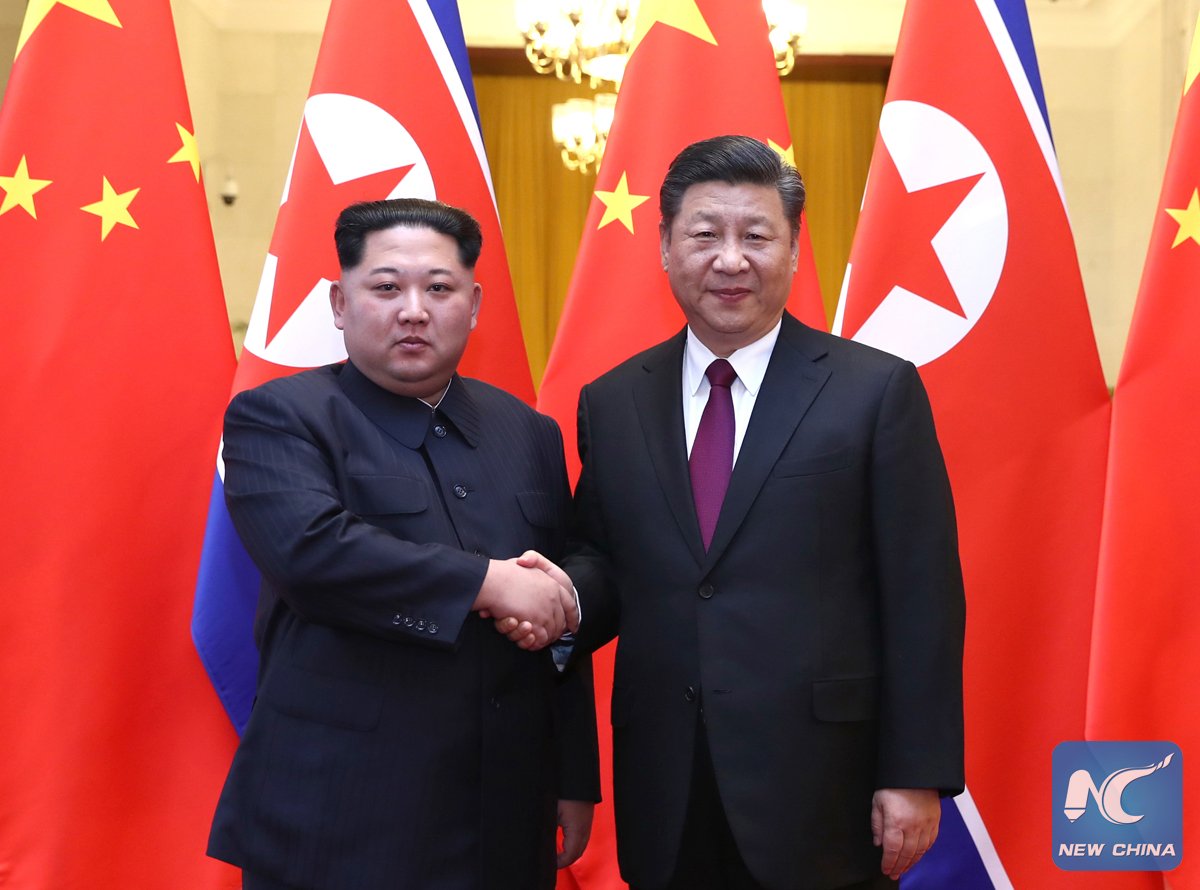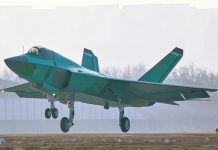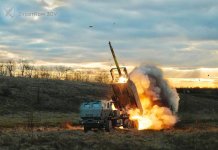China is pursuing a distinct military strategy to support its expansive territorial claims in Asia. The country’s ambition to become a superpower through aggressive military posturing has led to a great deal of tension with Washington.
Chinese J-10, J-16 Fighter Jets Involved In ‘Most Comprehensive Synchronized Drills’ After US-Japan Muscle-Flexing
Western analysts have identified multiple “flashpoints” that may lead to a full-fledged conflict between US and China. However, Chinese experts have a different take on the possibility of a war.
Why China Could Use Force
A historical analysis of previous wars that China has waged shows a trend: Beijing uses force when it becomes anxious about its adversaries closing in.
In an article for Atlantic, two American scholars Michael Beckley and Hal Brands, point out that the Chinese Communist Party (CCP) initiates a war when it finds a window of vulnerability regarding its own territory and within its own immediate periphery, or when it sees a closing window of opportunity to consolidate control over disputed areas.
Several instances underscore this. In 1950, China attacked America’s advancing forces in Korea out of concern that they would conquer North Korea, subsequently using it as a base to attack Beijing.

In 1962, when the People’s Liberation Army (PLA) attacked Indian forces, the reason given was that the Indian side had built outposts in Chinese-claimed territory in the Himalayas. However, some believe that the actual cause was that the CCP was worried about being surrounded by the Indians, Americans, Soviets, and Chinese Nationalists with their increased military presence near China.
From the 1950s to the 1990s, China almost started wars on three different occasions by firing at or near Taiwanese territory. A common thread among these attacks was the need to stop Taiwan from building a closer relationship with the US or declaring its independence.
Recent times have seen China’s territorial claims being disputed by multiple regional players. Japan, Taiwan, the Philippines, Vietnam, and other countries are also focusing on building military capacity. Beijing views this as a threat to its sovereignty and the territories it claims.
Viewing these regions as closing windows of opportunity to assert control over could be a potential reason why several China-US flashpoints have emerged in Asia such as Taiwan, the East China Sea, and the South China Sea.
The Taiwan Tangle
Taiwan’s increasing assertion of its autonomy, coupled with the US military support is a major cause of concern for Beijing. China sees Taiwan as a breakaway province and wants to unify it with the mainland, if necessary by force.
Thus, the PLA’s highest regional priority is to ensure that it is able to exercise sea control and power projection around Taiwan. Multiple tactics such as keeping up constant military pressure via sending fighter jets and bombers to the island’s Air Defense Identification Zone (ADIZ), launching cyberattacks, poaching its allies, etc. Amongst all of this, China does not rule out the chances of using force to achieve unification with Taiwan.

East China Sea
China has intensified its military activities around the Japanese-claimed but uninhabited group of islands known as Senkaku/Diaoyu Islands in the East China Sea. Not only do these landmasses provide a gateway to the South China Sea, but ownership over them would also offer fishing rights, access to exploit hydrocarbons, and the possibility of deep-seabed mining.
China is gradually increasing the numbers and capability of air and sea patrols around and over the islands.
The US recognizes the island group as a part of Japan and has assured Tokyo that they fall under the two nations’ mutual defense security guarantee. A confrontation here could escalate into a dangerous situation between China and Japan.
South China Sea
In an article for Bloomberg Opinion, James Stavridis, a retired US Navy admiral and former supreme allied commander of NATO, noted that China has taken up large-scale island-building in the South China Sea, resulting in extensive military hardware and infrastructure being readied there.
These are mostly in areas with potential oil and gas fields around the Spratly Islands. The artificial islands allow China to assert control over the areas in the South China Sea.
These claims have already been rejected by an international tribunal, but Beijing continues to defy its ruling.

In order to challenge China’s claims here, the US Navy conducts freedom of navigation operations (FONOPS) in the sea. However, there is a risk of an escalation of the conflict as there are tens of hundreds of marked and unmarked Chinese vessels operating in the South China Sea.
Recently, 220 Chinese vessels were anchored for months at a reef inside the Philippines’ exclusive economic zone in this region. It is interesting to note that any conflict here will not be limited to just US and China, but will also involve other countries like the Philippines and Vietnam.
Other Flashpoints
Scholars and military veterans who are in the know about the geopolitics of the region have highlighted other flashpoints such as North Korea and countries in the Indian Ocean Region.
The US and China are at odds with their positions regarding North Korea. Beijing has been Pyongyang’s closest ally since the two sides signed a treaty in 1961. In contrast, the US has led a campaign to isolate North Korea internationally for the latter’s nuclear and ballistic missile program. Japan and South Korea, close partners of the US, are threatened by regular missile testing by North Korea.

India is already worried about China’s increasing prowess in and around its coastal areas and tensions are simmering.
What Chinese Experts Say
Despite this context, Chinese experts differ on how events around these flashpoints may pan out, especially with reference to a potential US-China conflict.
In an article published by South China Morning Post, Chinese experts commented on a paper about five potential scenarios where war could break out between the US and China owing to triggering events in Taiwan, East China Sea, and South China Sea. The research paper was authored by Stacie Pettyjohn of the Center for a New American Security (CNAS).

Liu Weidong, a US affairs analyst at the Chinese Academy of Social Sciences in Beijing, disagreed with this “simplistic” view, saying it overestimated the security risks. “If an issue relates to a third country, say North Korea, it is very difficult to say whether it’s [within] Beijing’s core interests or not … So I think the scenarios in the report are a bit simplistic,” he said. He also highlighted how a lot of such predictions in the past had been proven wrong.
Liang Yunxiang, an international relations expert at Peking University, said “frictions between China and the US do exist and it is difficult to alleviate them. “Military confrontation can indeed erupt related to Taiwan, the South China Sea, the Korean peninsula and other issues.”
“Therefore, these kinds of remarks [as in Pettyjohn’s report] could prompt China and the US to build necessary guard rails to avoid conflict, which can ensure high-level and military communication in the event of a conflict and contain the risk at a manageable level,” according to Liang.
- Contact the author at: shreyya.mundhra@gmail.com
- Follow EurAsian Times on Google News




